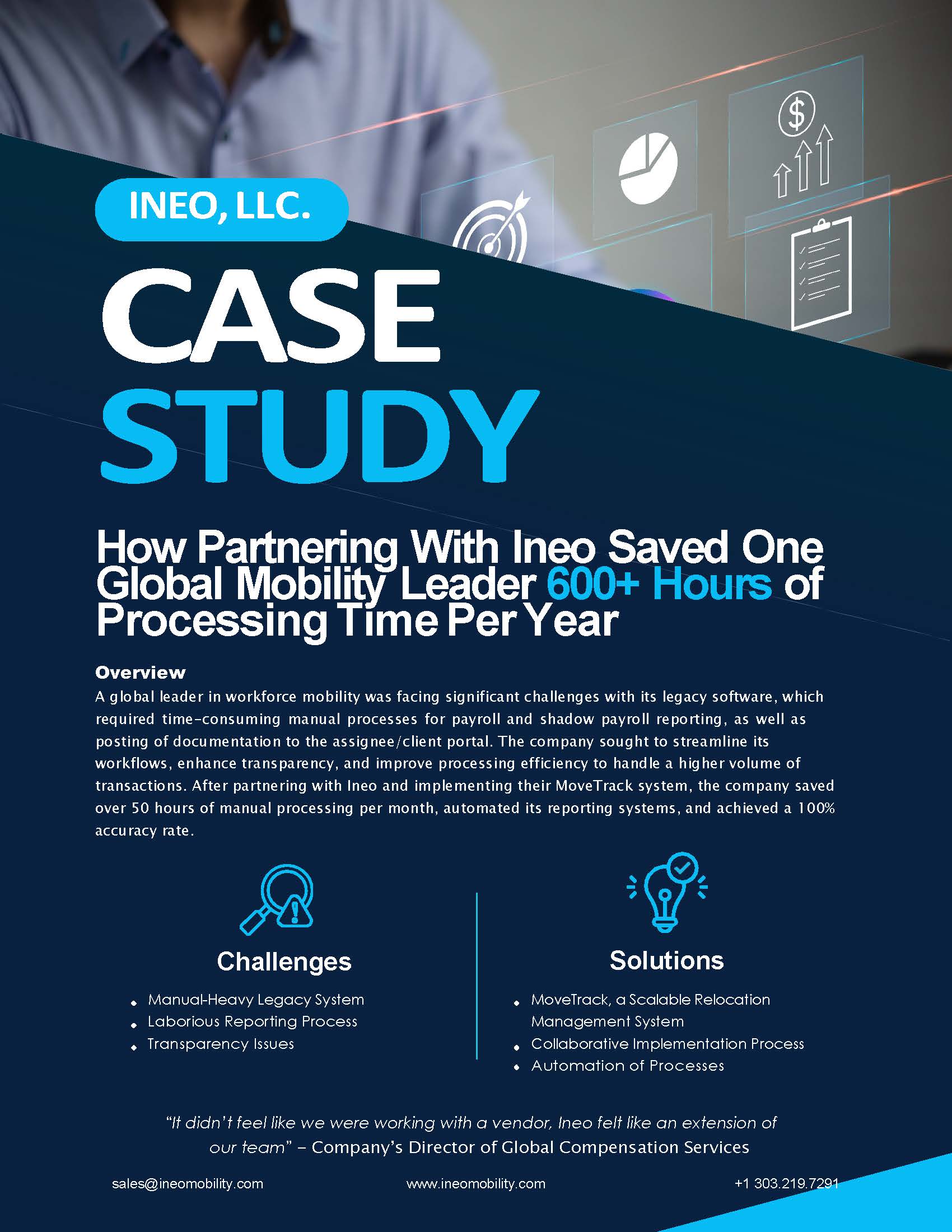3 Tips for Managing Year-End Reconciliation

As the old adage commonly says, there are two certainties in life: death and taxes. When it comes to managing your company’s tax strategy, properly handling year-end reconciliations is a critical function of corporate tax management. Doing so helps to identify any potential errors or discrepancies as part of the year-end reconciliation process.
From a standard compliance perspective, each and every dollar of reportable compensation and related tax withholdings must be accounted for on yearly W2’s. Handling multi-state tax reconciliations is even more cumbersome as individuals and companies must closely comprehend and apply tax considerations across state boundaries.
The scope of multi-state tax reconciliations requires determining if employees are paying appropriate taxes at the federal, state and local levels. Ensuring that organizations make payments for assignment related reimbursements in accordance with company policy helps to ensure employees do not incur additional taxes while away from their residence home locations.
Let’s take a look at some of the best ways your company can properly manage year-end reconciliations.
Why are Year-End Reconciliations Important?
Accounting for temporary and permanent employee assignments is crucial for determining proper taxation strategies. While expenses incurred on temporary assignments are not typically considered taxable, employees may sometimes still be subject to taxation at both resident and assignment based locations. Company policies should clearly outline procedures that ensure employees do not incur additional personal income taxes at their assignment location in addition to their standard residence.
Consider this example. Let’s say your yearly income is $85,000 a year and your company permanently moves you to another location. They assist you with additional expenses including: $30,000 in temporary living costs, $40,000 in down payment assistance on a new home and $30,000 in closing costs. Before you know it your yearly W2 income is listed at $185,000.
To account for these additional expenses, companies will provide a gross up that estimates all taxes incurred. The problem is these tax burden estimates aren’t always accurate in regards to payments received and wages earned. Calculating how much employees would have paid with and without the move can help the organization “gross up” to properly account for current year taxes.
Compare Real Tax to Estimated Tax (Gross Up)
After employees file tax returns they should compare real tax to estimated tax utilizing a strategy known as gross up. If the estimate is too low, a gross-up audit/tax reconciliation should take place. In the example mentioned above the employee would send in their tax return and the audit company would determine what the tax burden would have been without the additional $100,000 in company reimbursements.
If the gross up amount is too small, the company will need to provide the employee with additional compensation to account for the increased income. After performing an audit most companies will pay for any differences by grossing up for the current year’s taxes.
The scope of the reconciliation will determine if gross-up strategies were followed in accordance with company policies. The review of the transferee’s tax return will also help verify employee income used in calculating the gross-up to help ensure employees stay compliant with their company’s program.
Provide Employee with Pre-Assignment Tax Consultation
Comparing the hypothetical costs associated with moving across state boundaries can help companies calculate what would’ve been paid in taxes had they not gone on assignments. Performing multi-state tax reconciliations can help ensure payments are made for assignment related reimbursements in accordance with corporate policy.
Conducting a pre-move relocation tax consultation can help employers understand the impact of relocating employees. A consultation is meant to help companies and their employees make informed decisions early on during the tax planning process. Employees will be enabled to make fiscally responsible decisions while simultaneously meeting the company’s tax management objectives.
Help Your Employees Understand the Tax Consulting Process
Managing the tax reconciliation process is critical to keeping employees content throughout the relocation process. Helping and guiding your employees throughout the tax reconciliation process can minimize stress and encourage compliance.
By properly understanding the tax implications associated with relocation, employees can determine their income in various states. The tax consultation process can help individuals see tax differences across state lines to avoid any potential surprises down the line. While most organizations provide tax consulting services when undergoing global assignments, fewer do so at a domestic level.
Offering a tax consultation will help employees feel more at ease when it comes to moving and relocating across state lines with regards to understanding future tax obligations and potential gross-up assistance. As a result, employees will be able to avoid unwarranted financial surprises and feel better prepared for their move.
Global Mobility Resources
Learn more about what’s going on at Ineo and insights into the complex world of global mobility from the industry’s top thought leaders and innovators.
Request A Demo
Whether you are new to the world of global mobility or you’ve been in the business for a while, Ineo is here to assist you.
The best way to learn how Ineo’s global mobility software can help your company revolutionize your global mobility program and support your business strategy is to see it in a demo.
Fill out this form to get started today.
Get Started






